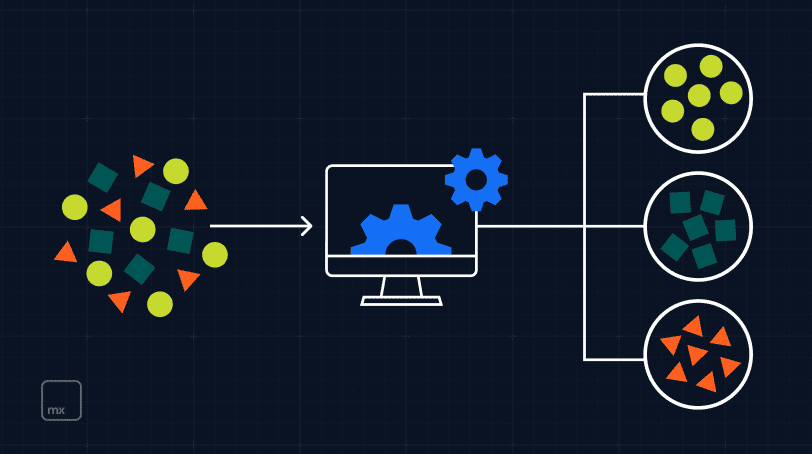Blog
featured Article
Explore topics

Upskilling with Low-Code to Drive Shop Floor Innovation

Control a Virtual Computer from Your Mendix App Using Gen AI

A Simplified Guide to Agentic AI

Mendix 11.0 – The Next Era of Enterprise Development Is Here

Mendix Release 10.24: Stability for Enterprise Development

How to Speed Up Your Release Cycle with Environment Permissions and PoLP

Use MCP to Bring Mendix Business Logic into Claude for Desktop

Mendix Release 10.23 and 11.0 Beta 2

Introducing Teamcenter Extension 4.0 with New SSO Authentication Options

Mendix Release 10.22 and 11.0 Beta 1

How Multi-Agent AI Systems in Mendix Can Train You for a Marathon

How to Configure Azure OpenAI Models in Mendix




